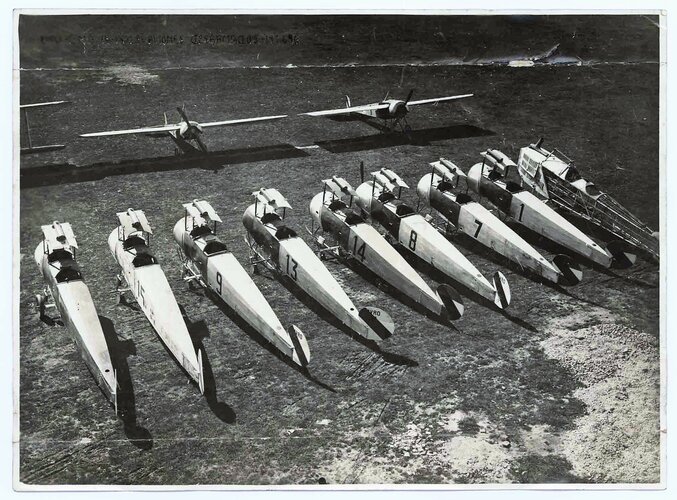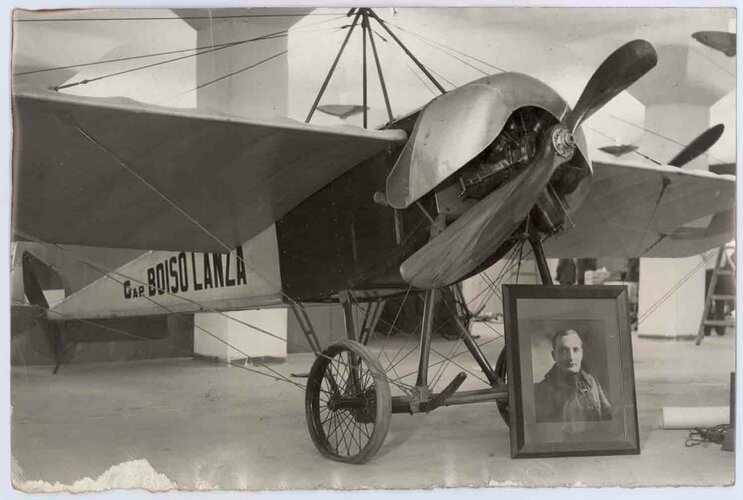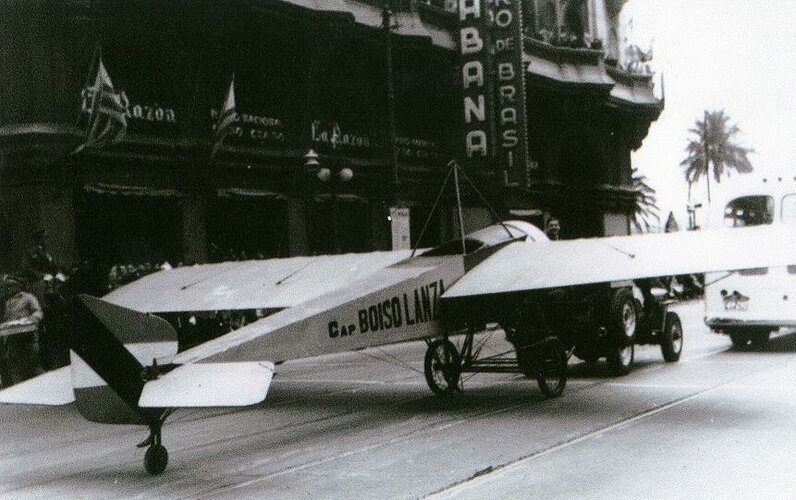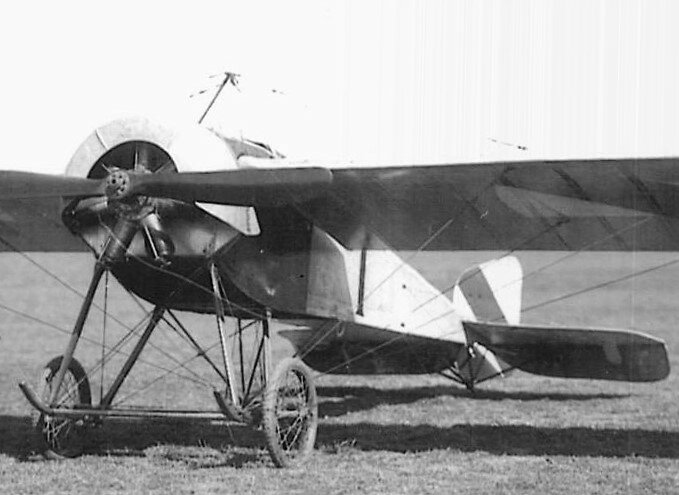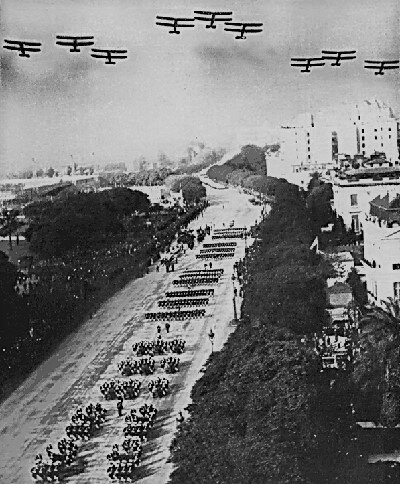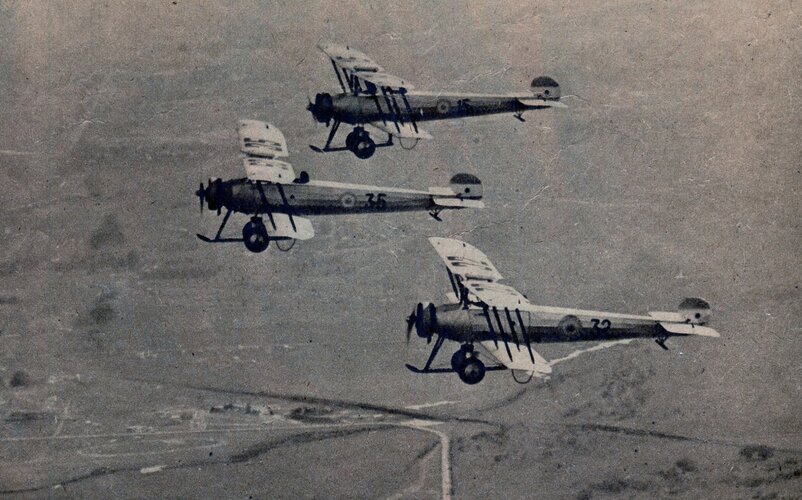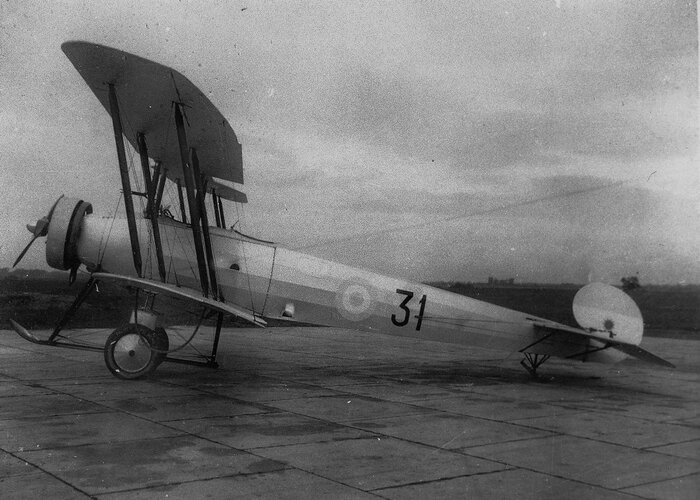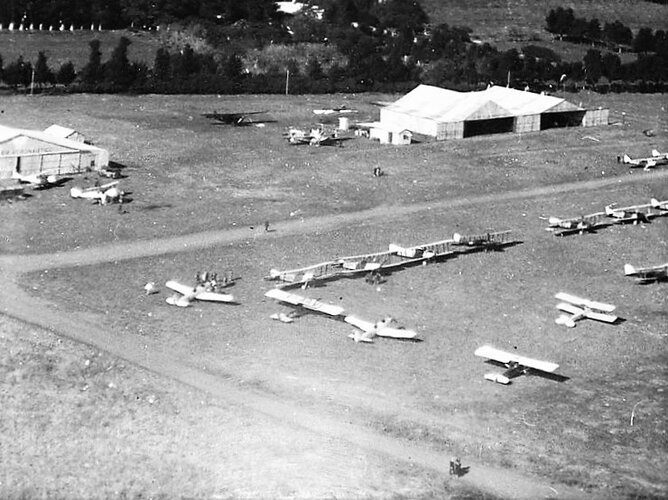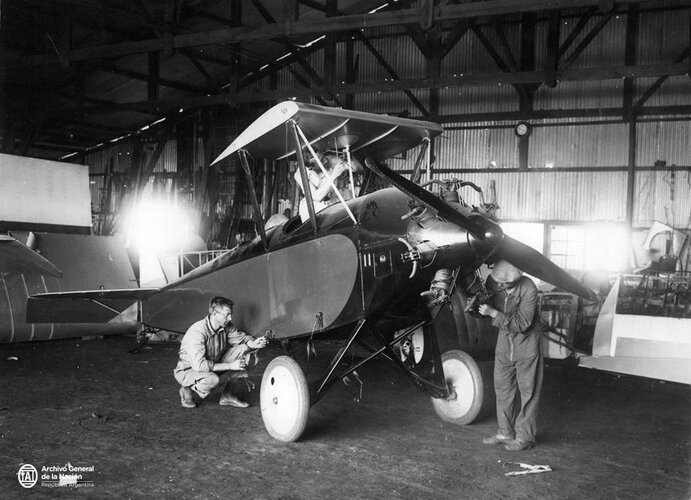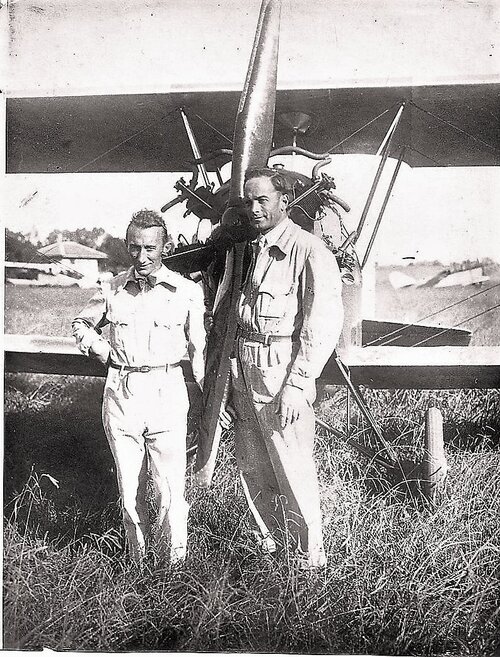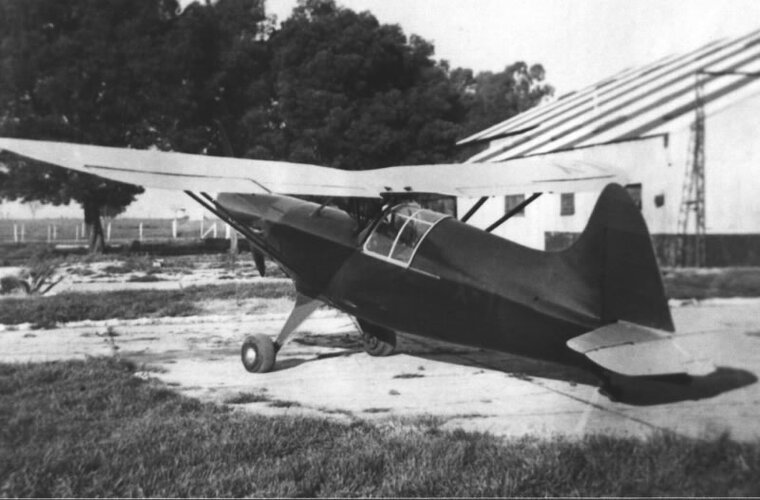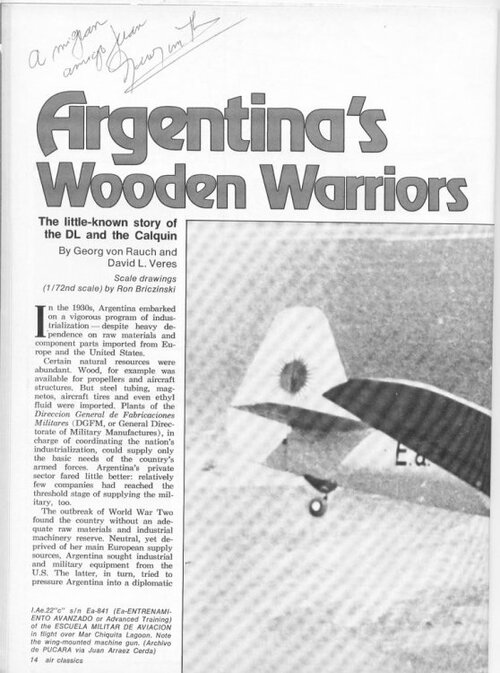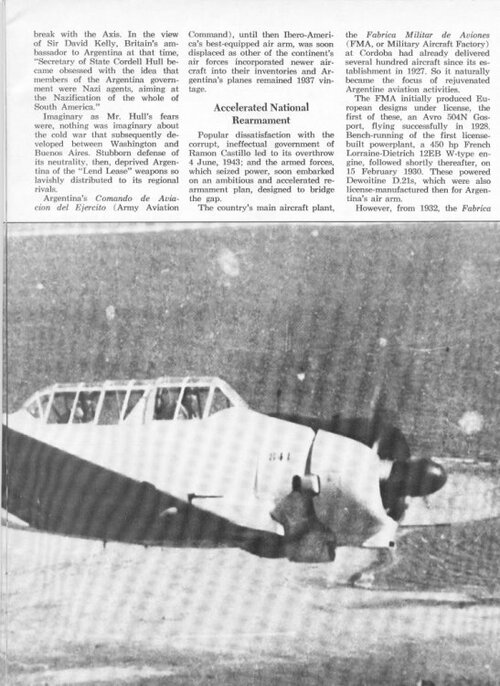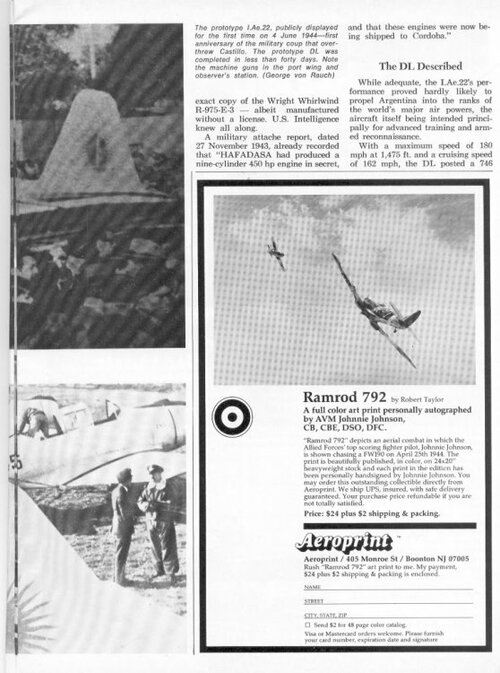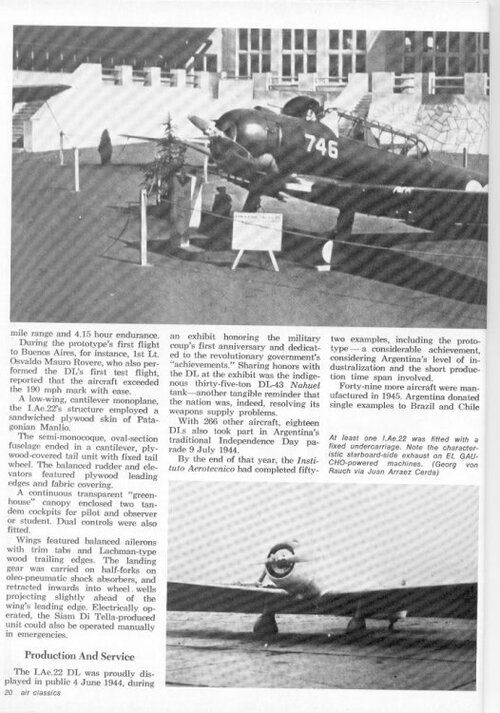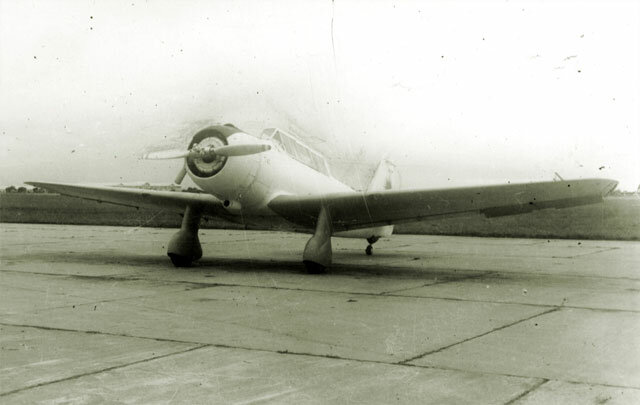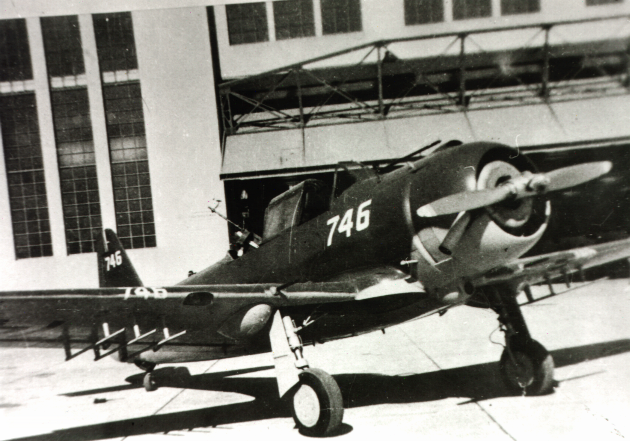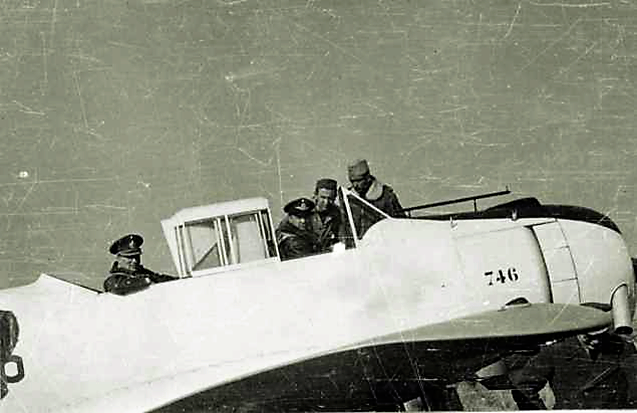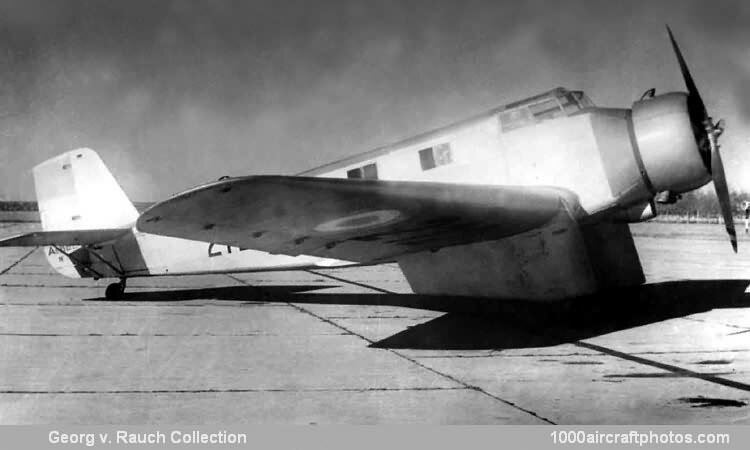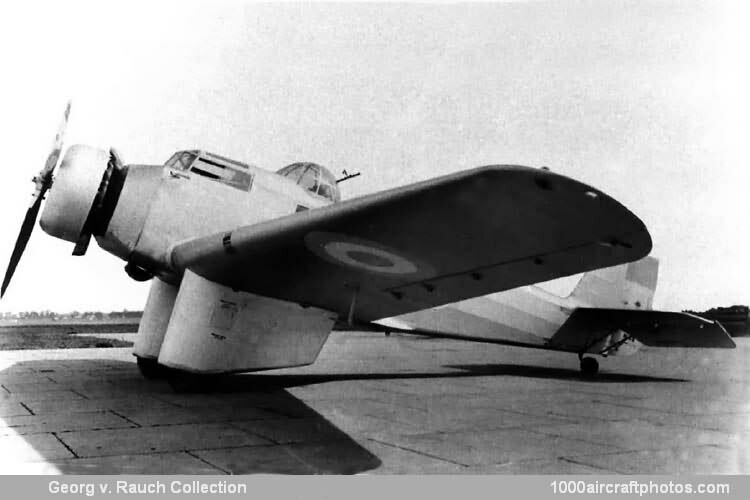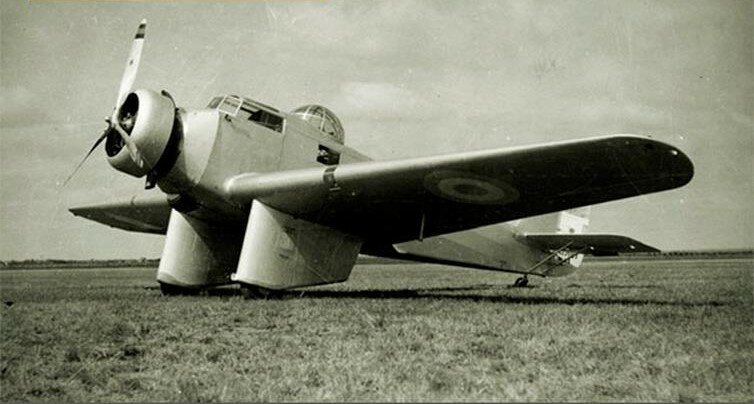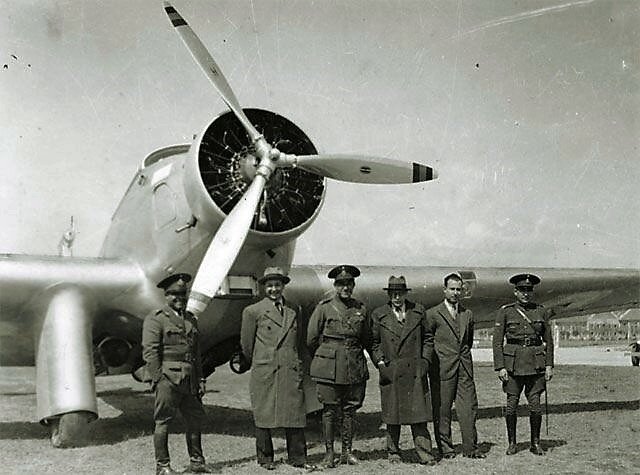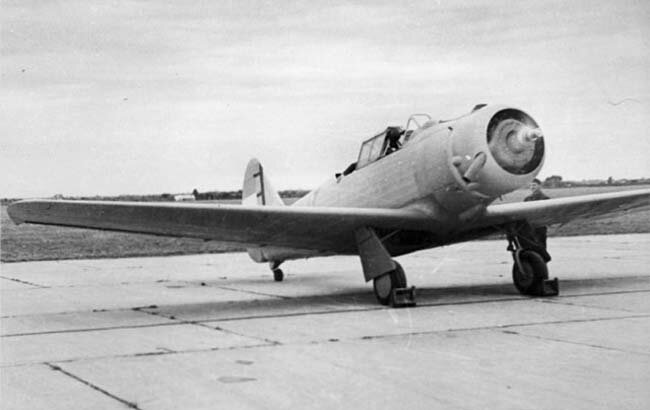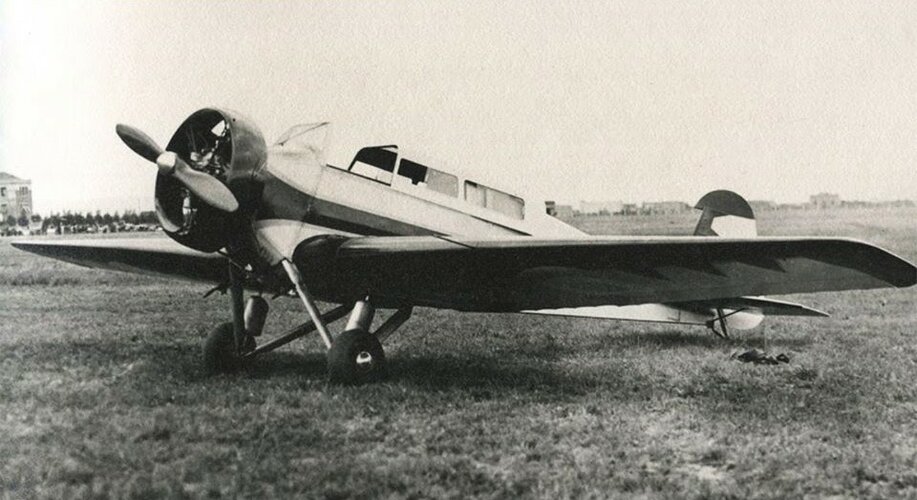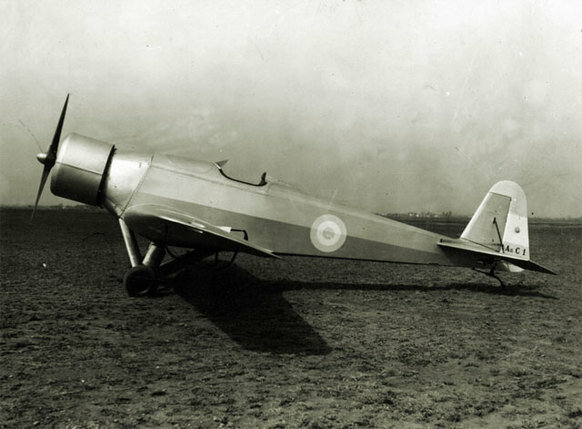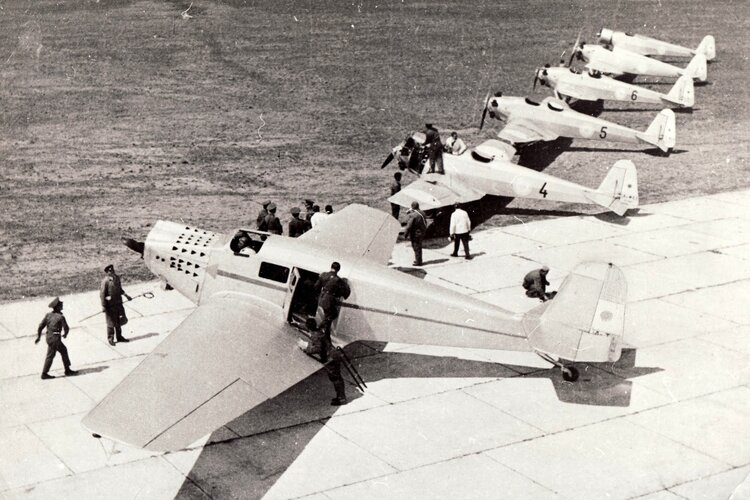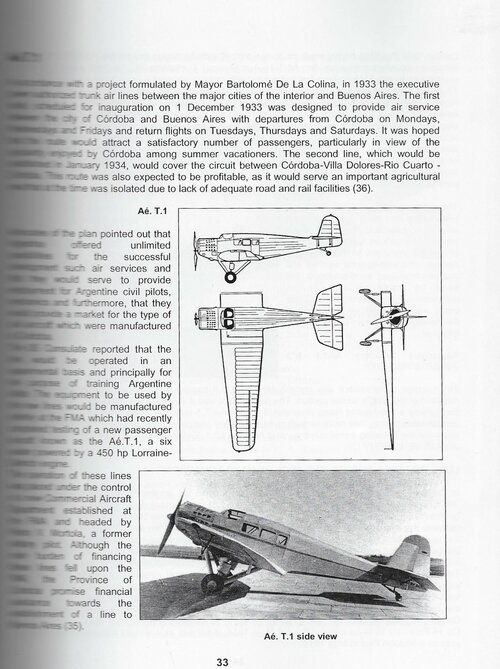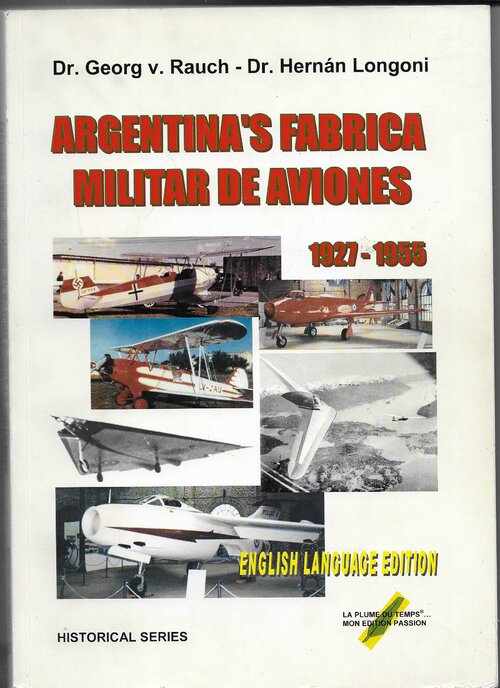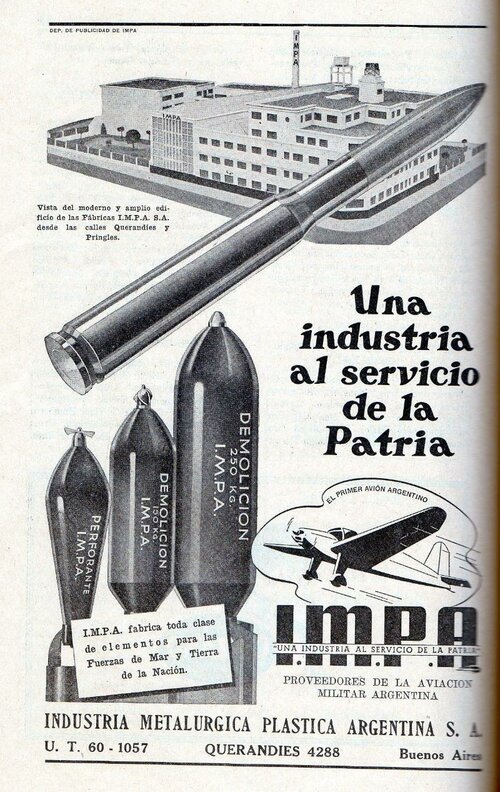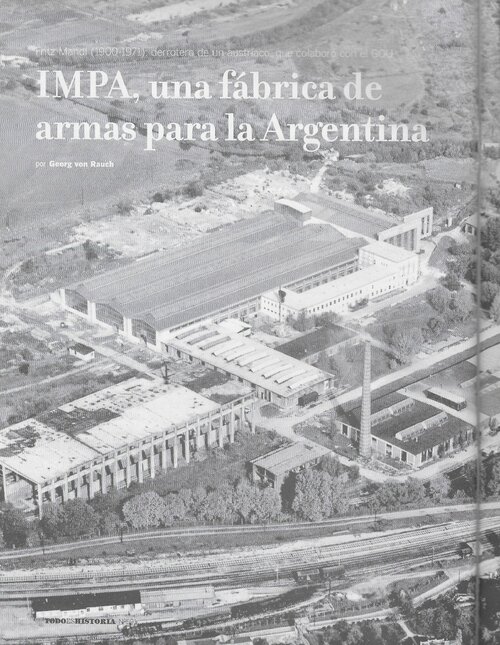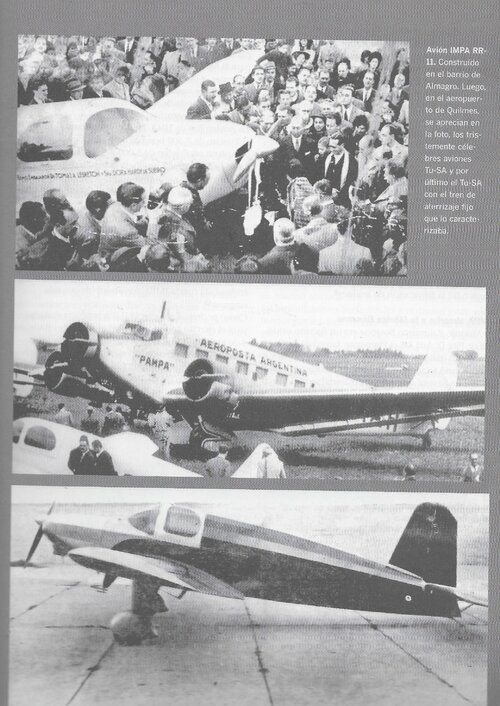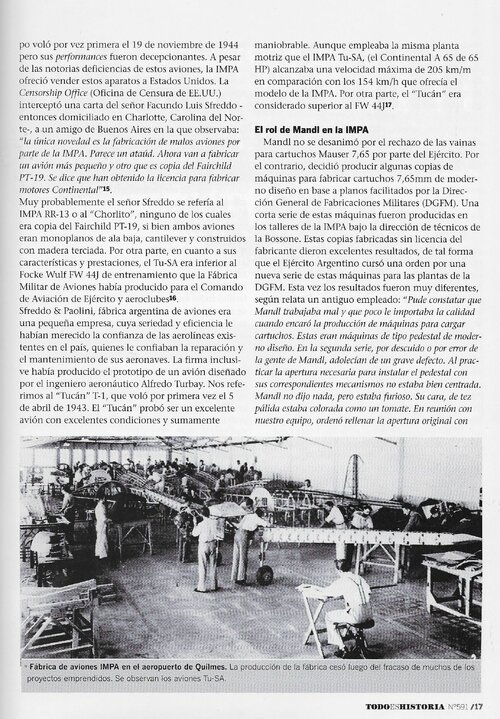The FMA 21 advanced trainer
In 1936, the Comando de Aviación del Ejército (Army Air Force Command,or CAE) let out tenders for 30 advanced training aircraft, and two aircraft of this category were demonstrated in an International Contest held at El Palomar Air Base in September 1936; the Curtiss CW 19 and the North American NA 162A, which was in fact the sole prototype of the NA 18. The North American aircraft proved the superior model, and the demonstrator was acquired for the CAE, which also ordered a batch of 30 North American NA 164P monoplanes and evidenced a requirement for 20-30 additional machines of this type. The Argentine was anxious to build the NA 164P under license at the Fábrica Militar de Aviones (FMA),, but when North American demanded US$100,000, the Argentine government lost interest. a U.S. Consular report commented that the price demanded was indeed excessive and should have been no more than US$25. 000.. When The Second World War began, the CAE had a requirement for additional NA 16s, and though the FMA was committed to the production of the Curtiss Hawk 75=0, the Focke-Wulf 44J, he FMA 20 and other projects it could only turn its attention to the FMA 21 low wing monoplane all-metal trainer in 1941. Work on the prototype FMA 21 began on March 1942and the prototype first flew on 14 May 1943.This aircraft actually included the fuselage of a wrecked NA 16, combined with an entirely new wing, and the first retractable undercarriage ever designed and produced in the Argentine. And a Wright R975E-3 450 h.p. radial, Whirlwind engine driving a Hamilton Standard2-M-D30 variable speed propeller. Proposed armament included a Browning MG 41 7,65mm machine gun and a similar weapon on a swiveling mount over the observer's cockpit. The FMA proposed to build 50 FMA 21, but the war-induced shortage of non-ferrous metalsforced the FMA to defer production. The aircraft demonstrated pleasant handling characteristics, and the wide-inwardly retracting undercarriage offered a great measure of stability while landing. The sole prototype was still in service in October 1947, when it was sent to the Instituto Aeroténico, the former FMA to evaluate the production of an all-metal trainer.
Specifications:
wingspan 12 m; length 8.52 m; tall 2.60; wing area 22.30 m; empty weight 1550 Kg; total weight 2230 kg; maximum speed 300 km/h; cruising speed 240 km/h at 3900 r.p.m.; landing speed 110 km/h; service ceiling 5800 m, absolute ceiling 6200 m; autonomy 4 hours and 30 minutes; range 1200 km.

